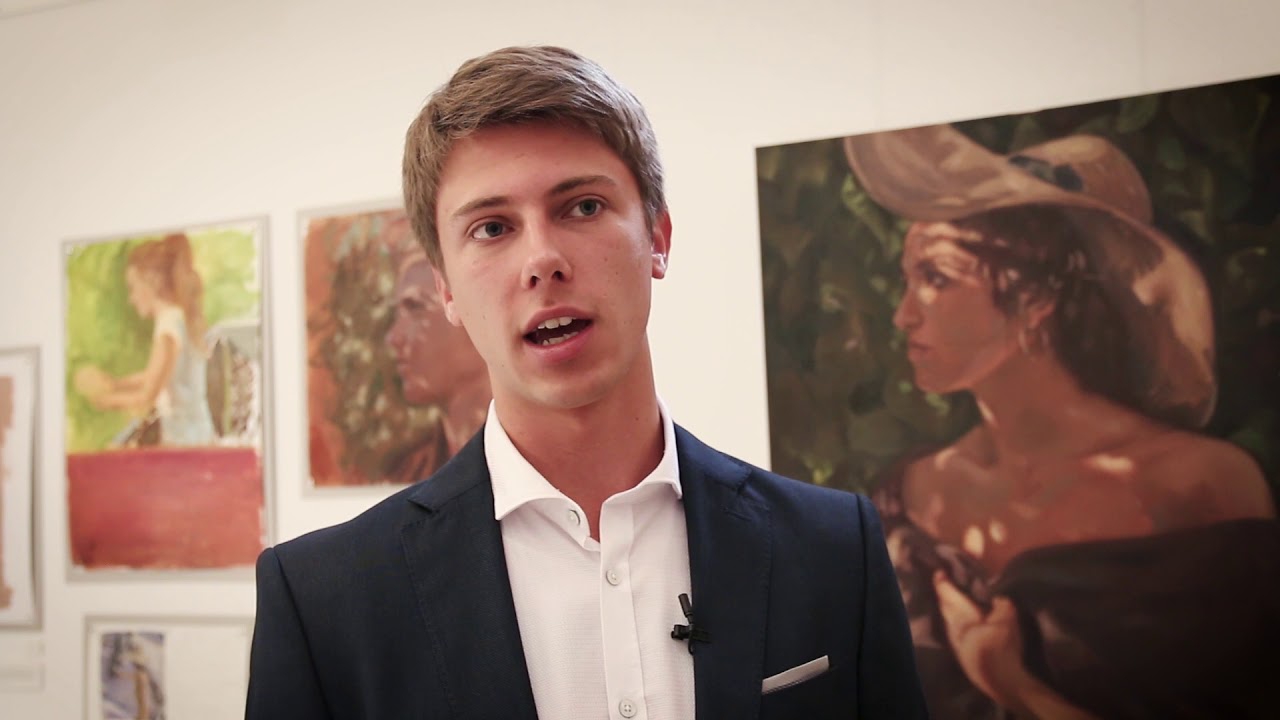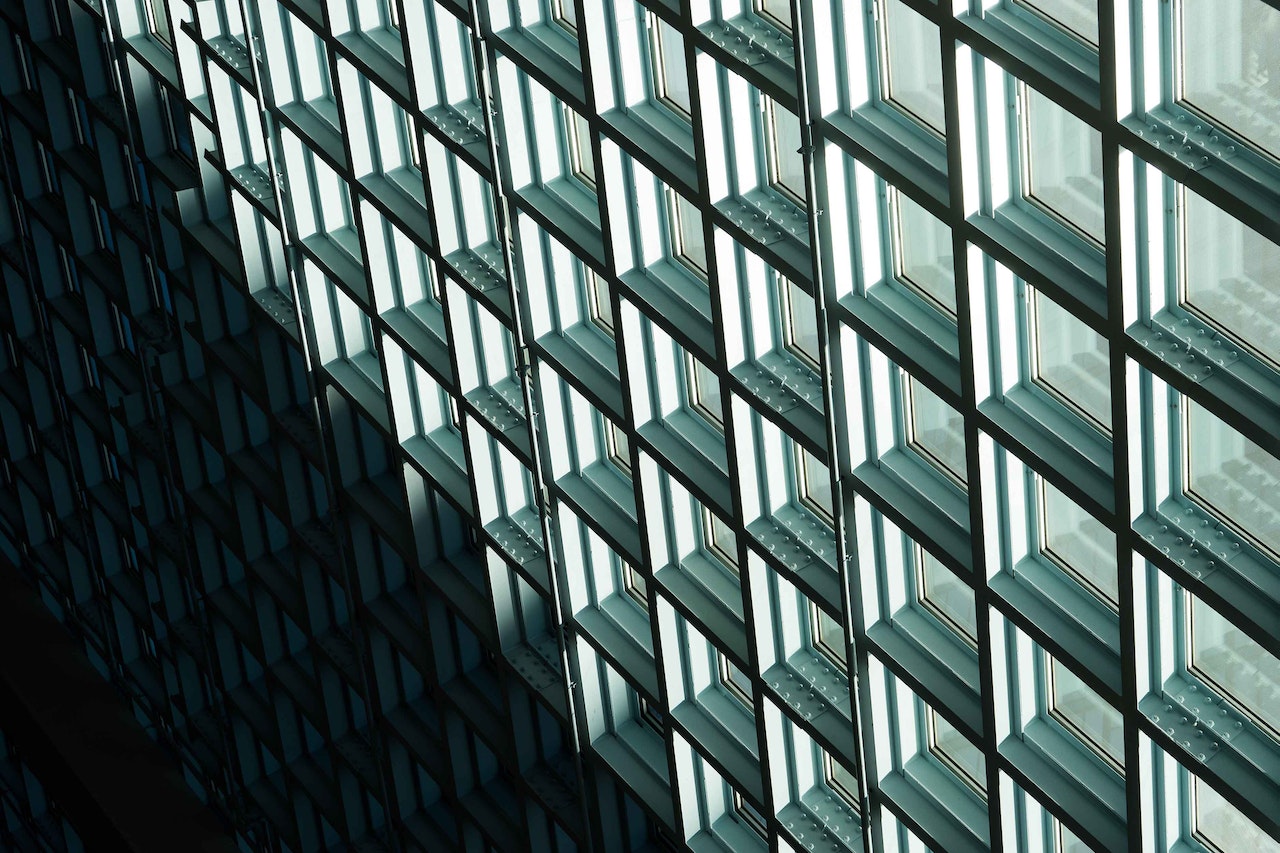Analyzing The Relationship Between Architecture And Public Art - Addressing Social Issues Through Public Art
Analyzing the relationship between architecture and public art has long been an integral part of the urban landscape, from the monumental sculptures that decorate public squares to the murals that adorn the walls of buildings.
Author:George EvansMar 06, 202344.1K Shares802.3K Views

Analyzing the relationship between architecture and public arthas long been an integral part of the urban landscape, from the monumental sculptures that decorate public squares to the murals that adorn the walls of buildings.
However, the relationship between architecture and public artis often overlooked, even though they are both significant elements of the built environment.
In this article, we will explore the relationship between architecture and public art, examining how they intersect and complement each other, as well as some examples of successful collaborations between architects and artists.
Analyzing The Relationship Between Architecture And Public Art
Architecture and public art have a dynamic relationship that can greatly enhance the built environment. Architecture is the design and construction of buildings, while public art is any creative work that is displayed in a public space.
The combination of these two disciplines can result in unique and meaningful public spaces that engage and inspire visitors.
The Role Of Architecture In Public Art
Architecture provides the canvas upon which public art is displayed, shaping the context and providing the physical space for the artwork to exist. As such, architecture can influence the perception and reception of public art, creating a dialogue between the two that enhances the experience of both.
The design of the built environment can either complement or compete with the artwork on display. A well-designed building can create a sense of harmony and balance with the artwork, enhancing its impact and making it more accessible to the public.
On the other hand, a poorly designed building can detract from the artwork, making it difficult to see or appreciate.
Furthermore, the architectural style and historical context of a building can also influence the type of public art that is displayed. For example, a modernist building may lend itself to abstract sculpture, while a historic building may inspire more traditional and representational works.
The Role Of Public Art In Architecture
Public art can also play an important role in architecture, adding a layer of meaning and significance to a building or public space. Artwork can be used to convey a message or tell a story, providing a deeper understanding of the purpose and function of a building.
Public art can also serve to humanize the built environment, creating a sense of community and identity in a place. Art can provide a visual cue for people to gather and interact, creating a sense of place and belonging.
In addition, public art can be used to address social issues and engage with the public in meaningful ways. For example, murals can be used to raise awareness about social justice issues or highlight the history and culture of a neighborhood.
Successful Collaborations Between Architects And Artists
When architects and artists work together, they can create a truly integrated and cohesive experience for the public. Below are some examples of successful collaborations between architects and artists:
Millennium Park, Chicago
The collaboration between architect Frank Gehry and artist Anish Kapoor resulted in the iconic Cloud Gate sculpture in Millennium Park. The sculpture, nicknamed "The Bean," is a shining, reflective orb that captures the skyline of Chicago and creates a mesmerizing visual experience for visitors.
The sculpture is set within a larger public space designed by Gehry, which includes a pavilion, gardens, and other public art installations. The park has become a popular gathering place for locals and tourists alike, showcasing the potential of public art and architecture to create vibrant public spaces.
The Louvre Pyramid, Paris
The Louvre Pyramid, designed by architect I.M. Pei and completed in 1989, is a striking example of the intersection between architecture and public art. The pyramid, which serves as the main entrance to the Louvre Museum, is a bold and modern addition to the historic building.
The pyramid is also home to a public artwork by French artist Jean-Michel Othoniel, entitled "The Necklace of the Queen." The artwork, which consists of a series of colorful glass beads, cascades down the sides of the pyramid and adds a playful and whimsical touch to the otherwise imposing structure.
National Museum Of African American History And Culture, Washington D.C.
The National Museum of African American History and Culture, designed by architect David Adjaye, is a powerful example of how architecture and public art can work together to create a meaningful and impactful experience for visitors.
The building's exterior features a unique façade of bronze-colored panels that reference the intricate ironwork found in African American communities.
The building's interior features a variety of public artworks, including a large mural by artist Kehinde Wiley and a sculpture by artist Alison Saar. These works not only add beauty to the space but also serve to educate visitors about the history and culture of African Americans.
Marina Bay Sands, Singapore
The Marina Bay Sands complex in Singapore, designed by architect Moshe Safdie, is an impressive feat of engineering and design. The complex features three towers topped by a massive, ship-like structure that houses a hotel, restaurants, and other amenities.
The complex also features a variety of public artworks, including a series of large-scale installations by artist Ned Kahn.
These installations, which are located on the exterior of the building, use wind and water to create dynamic and ever-changing patterns, adding a sense of movement and energy to the static architecture.

Mikhail Frantsuzov and the relation between painting and architecture
Seattle Central Library, Seattle
The Seattle Central Library, designed by architects Rem Koolhaas and Joshua Prince-Ramus, is a striking example of how architecture and public art can be seamlessly integrated.
The building's exterior features a series of glass panels that create a kaleidoscopic effect, while the interior is a labyrinth of unique spaces and angles.
The library also features a variety of public artworks, including a large installation by artist Ann Hamilton. The installation, entitled "Library Room," features a series of 11,000 books suspended from the ceiling, creating a stunning visual experience for visitors.
People Also Ask
What Is The Role Of Public Art In Creating A Sense Of Place?
Public art plays an important role in creating a sense of place by reflecting and celebrating the cultural identity of a community.
How Can Public Art Be Used To Address Social Issues?
Public art can be used to address social issues by creating awareness and provoking thought about important topics such as equality, justice, and human rights.
What Are Some Challenges Architects And Artists May Face When Collaborating On Public Art Projects?
Challenges may include conflicting visions, budget constraints, and logistical issues such as site limitations.
What Can We Learn From Successful Collaborations Between Architects And Artists?
We can learn valuable lessons about the importance of integrating public art into the built environment, and the power of public art to transform our cities and enrich our lives.
Conclusion
Analyzing the relationship between architecture and public art is a complex and multifaceted one, with each influencing and enhancing the other. When architects and artists work together, they can create truly unique and meaningful public spaces that engage and inspire visitors.
By analyzing successful collaborations between architects and artists, we can learn valuable lessons about the importance of integrating public art into the built environment.
From the reflective orb of Cloud Gate in Millennium Park to the colorful glass beads of the Louvre Pyramid, these collaborations show the power of public art to transform our cities and enrich our lives.

George Evans
Author
George Anderson, an exceptional architectural designer, envisions and brings to life structures that transcend the realm of imagination. With an unwavering passion for design and an innate eye for detail, George seamlessly blends form and function, creating immersive spaces that inspire awe.
Driven by a deep appreciation for the interplay of space, light, and materials, George's innovative approach redefines the possibilities of architectural design. His visionary compositions leave an indelible mark, evoking a sense of wonder and transforming the built environment.
George Anderson's transformative designs and unwavering dedication continue to shape the architectural landscape, pushing the boundaries of what is possible and inspiring generations to come.
Latest Articles
Popular Articles
